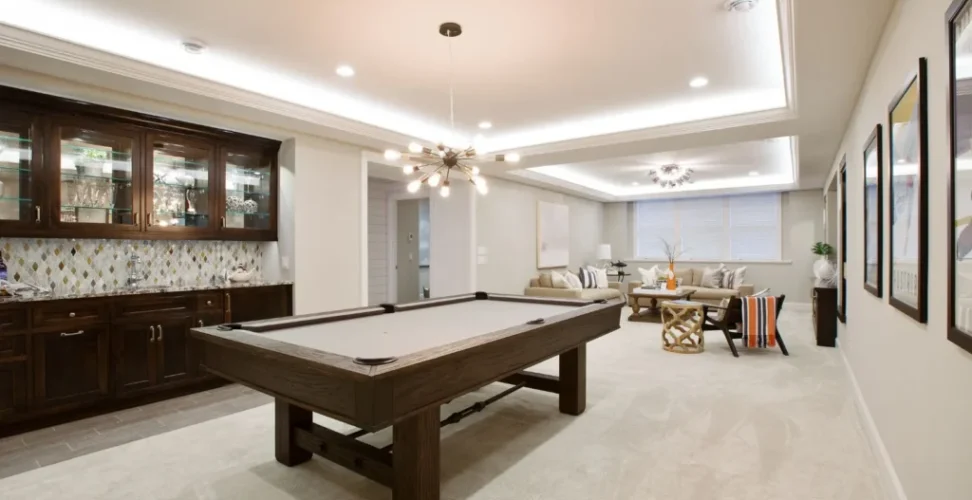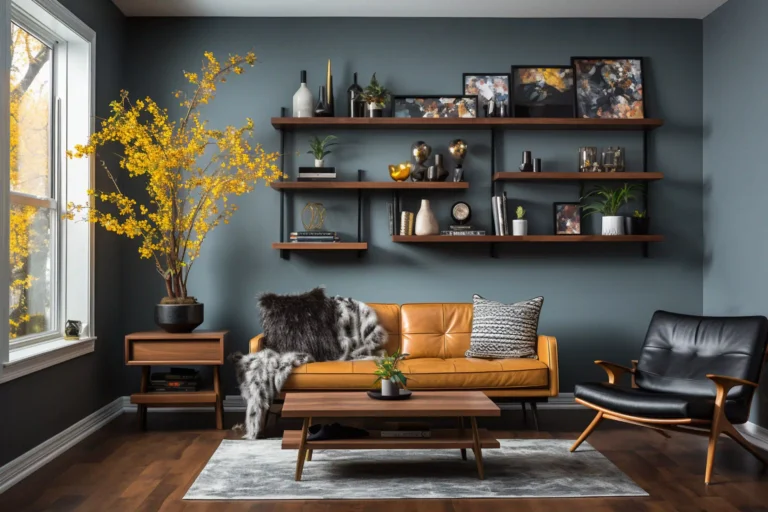Table of Contents
The horizon gleams with boundless opportunities! As our cognizance of ecological concerns and the imperative for energy efficiency heightens, it becomes paramount to unearth sustainable solutions permeating every facet of our existence. Within this discourse, we shall explore six avant-garde notions for the future of lighting, spotlighting methodologies to diminish our environmental footprint while preserving exemplary visibility and functionality.
Defining Eco-Friendly Lighting

Eco-Friendly Lighting pertains to lighting apparatuses meticulously crafted to curtail environmental detriment. This encompasses considerations such as electrical consumption, constituent materials of fixtures and bulbs, and the overarching ecological ramifications. In essence, Eco-Friendly Lighting harnesses energy-efficient sources to curtail energy utilization and environmental footprint. The objective is to mitigate impact through attributes like energy efficacy, renewable energy adoption, and non-toxic materials.
Mitigating Carbon Footprint with LED Lights
LED lights serve as pivotal players in the reduction of carbon footprints. Primarily, their substantially lower electricity consumption translates to diminished energy requisites and a consequent reduction in greenhouse gases. Moreover, LEDs boast extended longevity, obviating frequent replacements. This robustness diminishes emissions from the manufacturing, transportation, and disposal of antiquated lights. Additionally, LEDs generate minimal heat, necessitating less energy for cooling. When amalgamated with intelligent controls, LED lights can modulate their brightness contingent on occupancy or natural light, accruing further energy savings. Collectively, these attributes render LED lights formidable allies in curtailing carbon footprints.
Unveiling Sustainable Lighting Solutions
Adopt LED Lights
Transitioning from traditional incandescent bulbs to LED lighting is a prudent measure for both energy conservation and reduced electricity expenditures. Per the US Department of Energy, residential LEDs consume at least 75% less energy and exhibit a significantly prolonged lifespan compared to incandescent bulbs.

Integrate Dimmers
Dimmers transcend mere ambiance creation—they also abate your electric bill. By attenuating light intensity, dimmers diminish power usage and elongate bulb life, thus enhancing your investment in energy efficiency. Embracing dimming technology enables you to relish energy savings and durable bulbs.
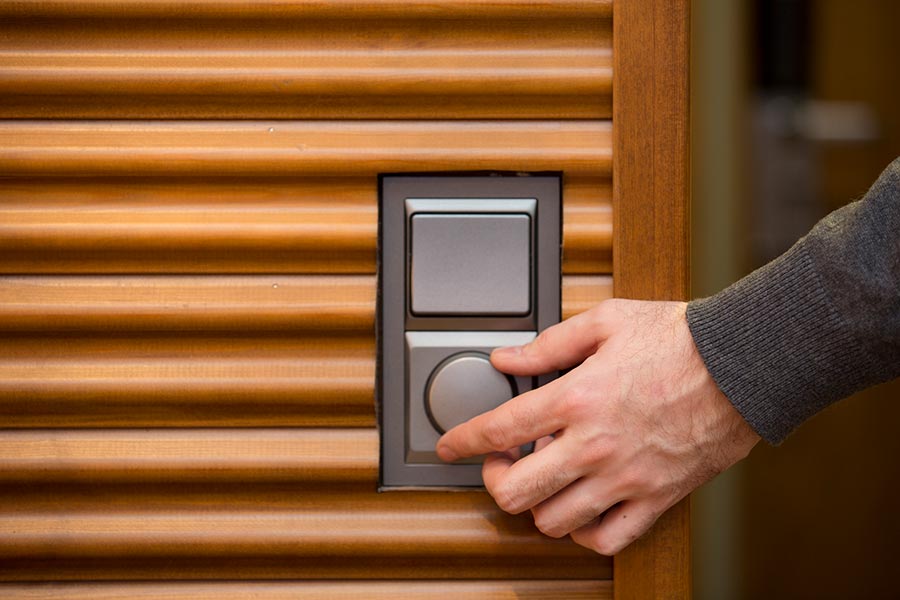
Utilize Task Lighting
Task lighting’s efficacy in energy conservation should not be underestimated. Whether accentuating artwork, illuminating a stairwell, or providing bedside reading light, task lighting directs illumination where it’s paramount. Consequently, you deploy less energy than with overhead lighting. For example, a reading light can spotlight your cherished artwork in the evening. Task lighting is a judicious and eco-conscious choice.
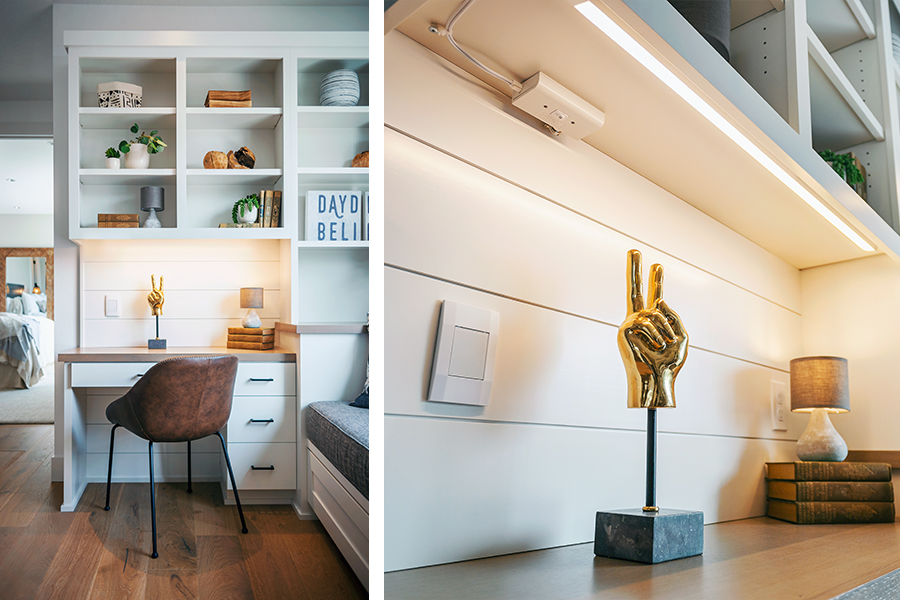
Incorporate Lamps
Rather than illuminating an entire room, deploy lamps to focus light where needed. Lamps are ideal for furnishing both task and ambient lighting in specific locales like bedrooms, living rooms, and offices, helping you eschew the drawbacks of excessive overhead lighting.

Select Appropriate Paint Colors
Wall color significantly influences lighting requisites. Darker hues absorb light, rendering a room somber and converting it into thermal energy. Conversely, lighter hues reflect light more efficiently, allowing you to optimize your lighting usage. Opting for the right paint colors can markedly affect your lighting needs.
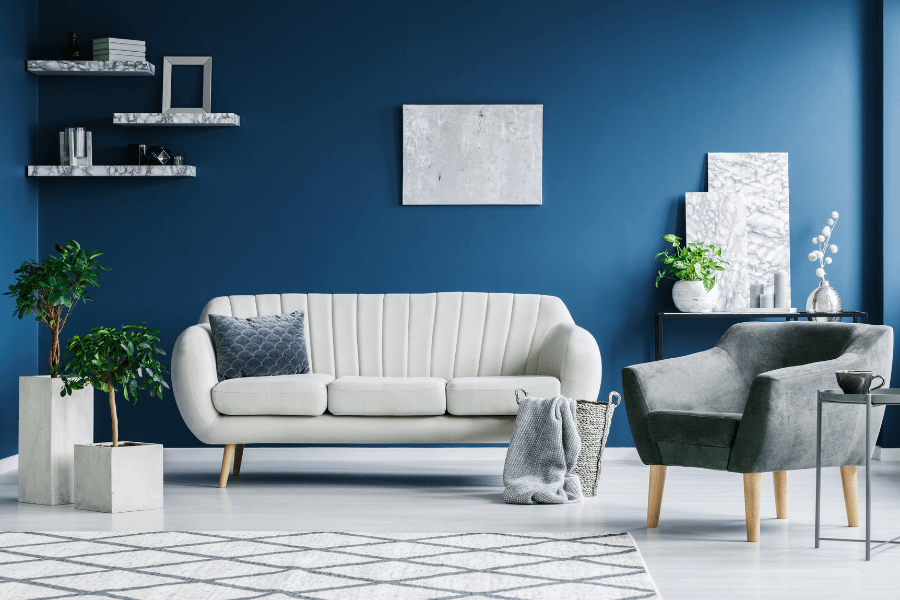
Install Motion Sensor Lighting
Motion sensor lighting epitomizes a superb long-term strategy for augmenting energy efficiency. These lights conserve energy by deactivating automatically when no motion is detected, thereby extending bulb life and minimizing waste. They also bolster safety and security, offer customization options, and yield savings on energy costs and maintenance. Motion sensor lighting is a cost-effective and eco-conscious selection.

Sustainable lighting solutions are indispensable for contemporary living. Investing in efficient lighting technology not only mitigates the environmental impact of traditional lights but also economizes on energy bills. With burgeoning technologies surfacing daily, the future augurs well for sustainable lighting solutions. By adopting these conscientious products, we can foster a cleaner environment and relish an elevated quality of life.
People Also Ask
How can we make lights sustainable?
We can make lights sustainable by embracing LED bulbs for their energy efficiency and longevity, maximizing natural light with ample windows and skylights, installing smart lighting systems to optimize energy use, and choosing solar-powered lights for outdoor spaces. By taking these steps, we can create a brighter, more sustainable future.
What is the best lighting for sustainability?
The best lighting for sustainability includes LED lighting, which is energy-efficient, durable, and low-maintenance, as well as solar-powered lights that harness renewable energy. Additionally, smart lighting systems can optimize energy use and enhance convenience, making them an excellent choice for sustainable lighting.
How can lights be sustainable?
Lights can be sustainable by using energy-efficient bulbs like LEDs and CFLs, incorporating motion sensors and timers to prevent unnecessary usage, choosing renewable energy sources such as solar or wind-powered options, and opting for fixtures made from recyclable or eco-friendly materials. These practices help reduce our environmental footprint and promote sustainability.
What are the sustainable lighting technologies?
Sustainable lighting technologies include LEDs, which are long-lasting and highly efficient, OLEDs that are organic, flexible, and low-energy, solar-powered lights that use renewable energy, smart lighting systems that adjust to real-time needs and reduce waste, and daylighting systems that effectively utilize natural light. These technologies pave the way for a greener, more sustainable future in lighting.

